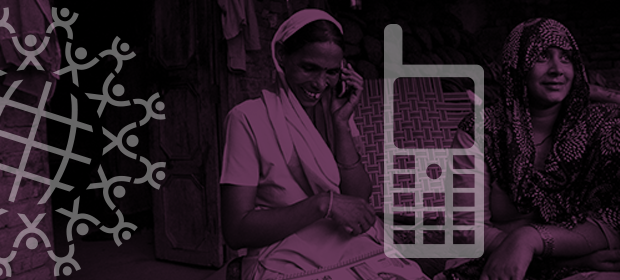Where We Work
See our interactive map


Designing an app is easy. Deploying it is the challenge.
Over half a century ago, communications guru and intellectual Marshall McLuhan predicted that electronic interdependence will make the world a global village. But last month, Simon Tisdall of The Guardian called out the international media for creating a hierarchy of suffering by focusing on Hurricane Harvey more than on the devastating floods in South Asia and South East Asia.
The reason: distance!
The distances that marginalize are not just physical. They manifest in governance gaps, (in)justice, cultural atrophy, social dystopia. Nowhere is the tyranny of distance more manifest than in health care delivery.
And the Himalayan state of Uttarakhand has the double burden of hilly terrain along with metaphorical distances to bridge.
Designing an app is easy. Deploying it is more challenging.
This is exactly what mSakhi works to achieve: bridging the tyranny of distance with a digital innovation in the form of an app that empowers India’s frontline health and nutrition workers.
mSakhi is an Android-based app, freely downloadable, and designed for frontline health workers such as accredited social health activists (ASHAs, which also stands for hope) and auxiliary nurse midwives (ANMs).
This app doubles as a register that combines the multiple registers these workers have to fill and maintain, and as a job aid cum trainer. It is a registration tool for pregnant and lactating mothers and their children, helps schedule home visits, and hand-holds health workers through care and counselling sessions with expectant mothers and their family members.
mSakhi is open-source and uses Java and PHP language and MySQL database management system.
“Last-mile delivery is the biggest challenge in governance in a hilly state, or for that matter, any state,” says Chandresh Kumar, the current Mission Director Uttarakhand Health Mission. “Frontline workers are the face of any system. Empowering them and monitoring them is important to ensure last-mile delivery. Digital interventions should address precisely that, and mSakhi attempts to achieve exactly that.”
From Planning to Execution
As technopreneurs remind us, designing an app is easy. Deploying it is way more challenging. Deploying it in a remote, rural location, even more so!
So how did we make the app work in remote, rural Duggada block, Pauri-Garhwal district of Uttarakhand?
Duggada was chosen by the state government as part of its collaboration with IntraHealth International. Their logic was simple: demonstrate mSakhi in a challenging locale, and that will be the best advertisement for its feasibility and scalability across the state.
And the Duggada block is as challenging as they come.
Duggada is a back-breaking six-hour drive through hairpin turns and mountainous roads.
On the Shivalik range, it is a back-breaking six-hour drive from the state capital Dehradun through sharp hairpin turns and mountainous roads where landslides and roadblocks are more the rule than the exception.
So how do you deploy an app to the frontline workers who are integral to delivering health care to mothers and children in this part of the world?
You start simple, with the worst caveats, shares Ashish Agnihotri of Microware Computing and Consulting Pvt. Ltd., the mSakhi software developer. So let’s assume there is no Internet—and this is a mobile phone app based on the premise of Internet.
Msakhi has an offline data-entry provision, with an auto-sync feature. So frontline workers can register mothers, record immunizations, and track complicated pregnancies without worrying about losing data in unconnected, low/no signal zones. They can just feed the data off-line and it will auto-sync once the phone is in a signal/network zone.
ASHAs and ANMs can also turn off the data while working on their entries if the nature of their work (immunizations, for example, or conducting Village Health Nutrition Days) requires it.
This app is multilingual with provision to add new languages. So while mSakhi is in Hindi currently, the Garhwali tongue of Uttarakhand can easily be added to both the audio modules and the text. Even dialects can be added to the audio module if required.
Read more in Youth Ki Awaaz >>
This post originally appeared in full in Youth Ki Awaaz.
Get the latest updates from the blog and eNews




